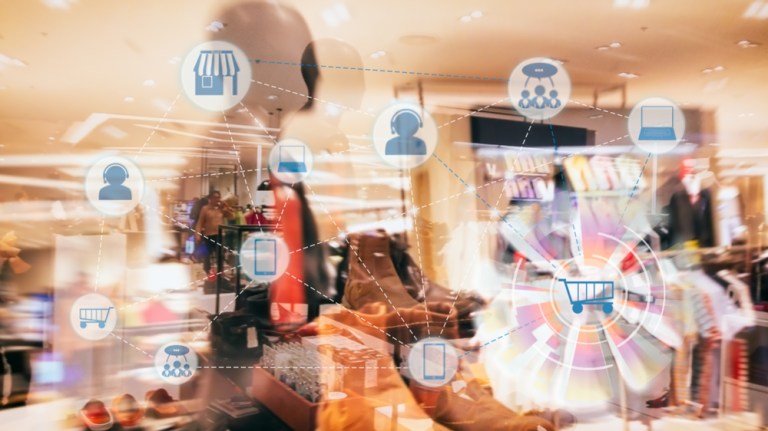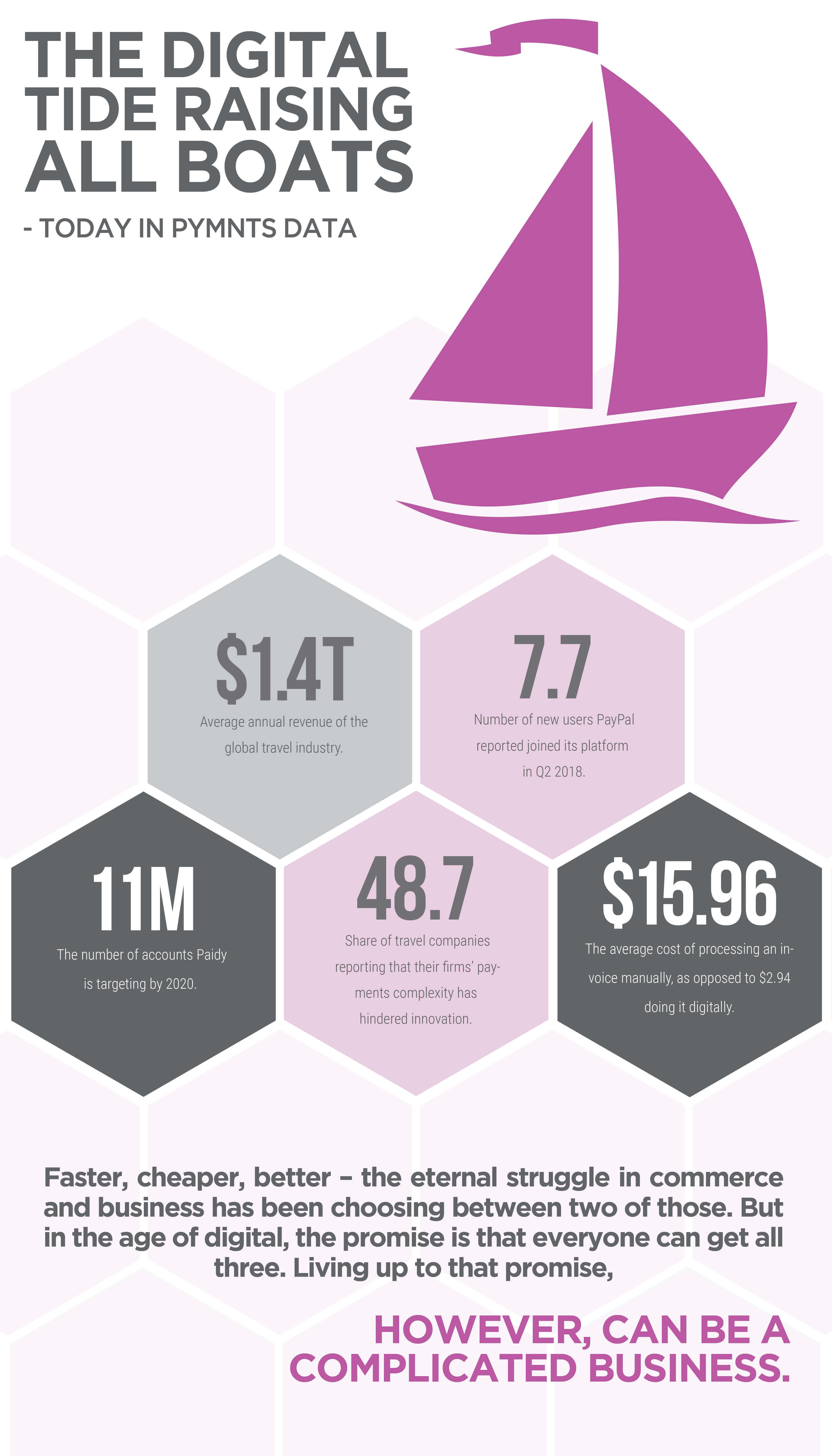
Going digital, optimizing for mobile and chasing the great connected commerce change-over are the prescribed solutions for a wide variety of problems. Sometimes quite wisely – digitizing B2B payments make them faster, cheaper, less friction-filled and more transparent to all sides of a transaction. It’s what consumers and merchants are demanding – and what a quick glance at PayPal’s recent earnings report confirms. But getting to digital nirvana isn’t always quite so easy as throwing some switches – and in industries like travel, tapping an over trillion-dollar market will require overcoming some pretty substantial short-term costs. And getting it right isn’t just making it available – as Japan’s Paidy would argue, the challenge is always in presenting the right product for the exact needs of the market.

Data:
$1.4 trillion: Average annual revenue of the global travel industry.
11 million: The number of accounts Paidy is targeting by 2020.
7.7: Number of new users PayPal reported joined its platform in Q2 2018.
48.7 percent: Share of travel companies reporting that their firms’ payments complexity has hindered innovation.
$15.96: The average cost of processing an invoice manually, as opposed to $2.94 doing it digitally.